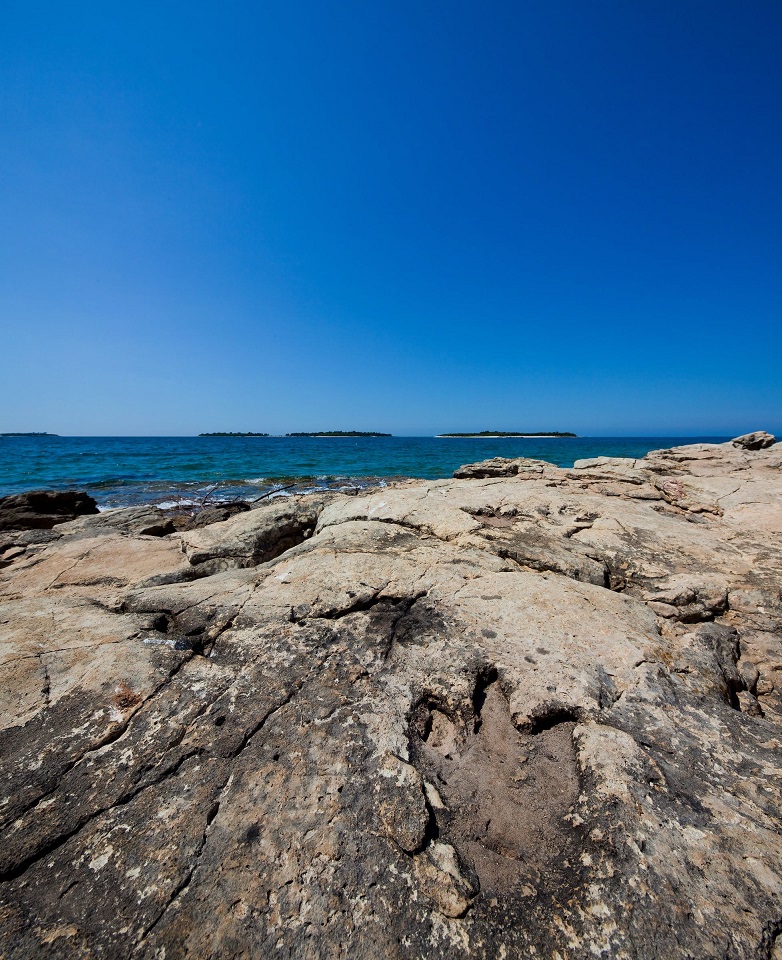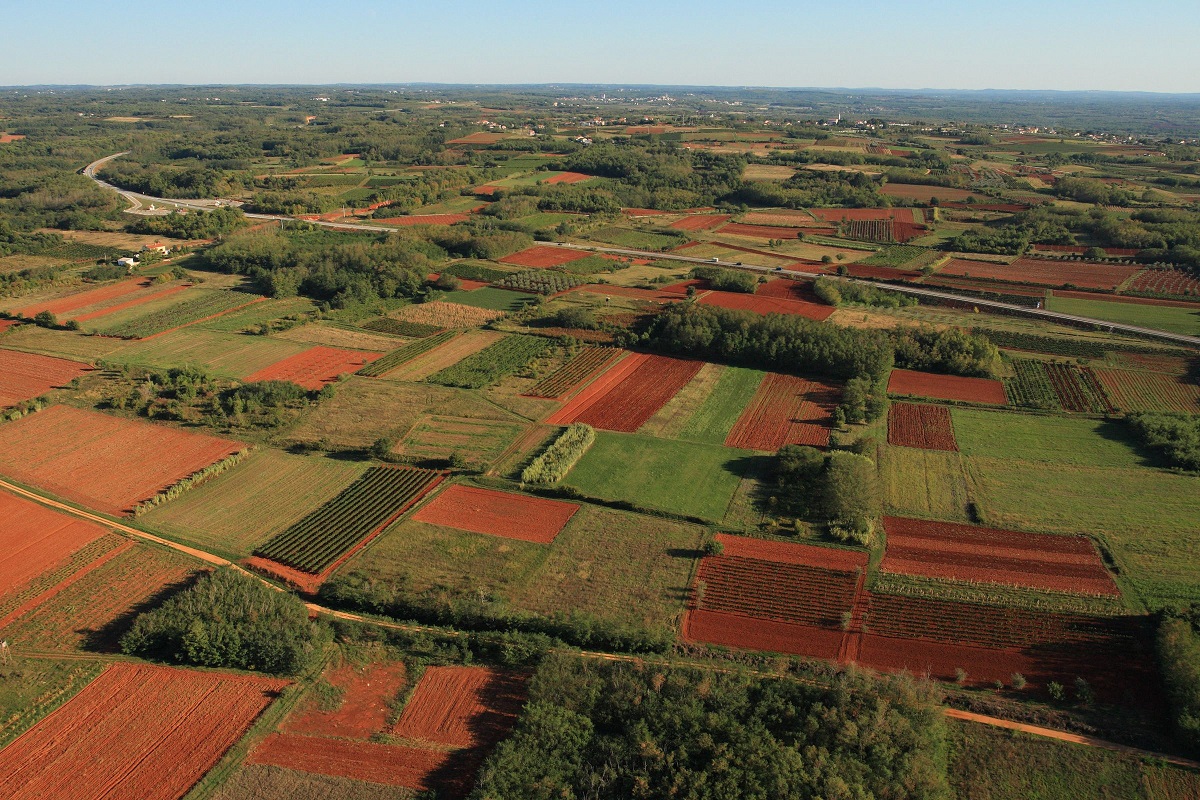August 30, 2020 – Dinosaurs may have disappeared 65 million years ago, but before that, they lived, multiplied, and died here in Istria for a full 80 million years. Are they the secret to top Istrian wine and olive oil?
As Jutarnji list/Mladen Gerovac writes, it is not possible that dinosaurs haven't left any other, invisible traces in Istria apart from footprints and bones. Even though this has not been scientifically confirmed, the fact that these huge intriguing creatures have lived on this soil for millions of years raises questions as to how they lived and the traces they left.
There are numerous traces of dinosaurs in Istria: on Veli Brijun, Kamenjak, in the bay near Bale, on the islets of Fenoliga and Levan, on the Marlera peninsula... Therefore, educational trails have been set up, dinosaurs' bodies have been shaped, and exhibition and amusement parks have been designed with them as the main characters.
Dinosaurs have been treading this soil for millions of years, living here, breeding, turning the local forests and glades of that time into their pastures, hunting grounds, nests, and promenades. But why right here on the coast of Istria? How did they live and how did they disappear?
Did they leave some more traces on this land where we walk, sail, host tourists from all over the world, and enjoy beautiful landscapes? And especially the fruits of this specific Istrian land: in the best olive oil, in top wines, fruits, vegetables, prosciutto, cheese, truffles...?

Dinosaur's fossilized feet on Brijuni, Istria / Copyright Romulić and Stojčić
Herbivores and carnivores
Paleontologists have registered more than 10,000 dinosaur remains worldwide: bones, skulls, teeth, coprolite (fossil feces), and fossilized feet. True, not a single coprolite was found in Istria, but according to the Istrian flora in Cretaceous, it is quite clear that herbivores have fed well with rich plants of that time: tall and lush ferns, flowering plants, coniferous and deciduous treetops.
Carnivores have fed on everything that moved. And altogether, they richly fertilized the soil of their habitat so that it would respond with an even richer "table".

Istria / Copyright Romulić and Stojčić
Among Istrian dinosaurs, scientists mention herbivorous sauropods and carnivorous theropods. The herbivore brachiosaurus is especially impressive. It is 27 meters long and 12 meters high, and weighing about 70 tons.
Certainly, numerous dinosaurs with their huge bodies, appetite, and rich remains have ennobled this Istrian land over millions of years, be it red, black, gray, or white. Hardworking Istrians grow olives, vines, vegetables, fruits here today. They extract the best olive oil, the finest Malvasia, Merlot, Teran, Cabernet Sauvignon from the fruits of the earth.
The autochthonous Istrian Boškarin has been grazing here for two and a half thousand years, together with cows, sheep, and goats. Thousands of guests of this beautiful region enjoy it all today. But it must not be forgotten – in the beginning, there were dinosaurs here.

Vineyard in Istria / Copyright Romulić and Stojčić
So, let’s leave room for some unscientific, but simple conclusions. Can so much biomass go unnoticed? Aren't dinosaurs responsible for the exceptional Istrian wine terroir? For the top quality local olive oil?
Dinosaurs may have disappeared 65 million years ago, but before that, they lived, multiplied, and died here in Istria for a full 80 million years.
For the latest travel info, bookmark our main travel info article, which is updated daily.
Read the Croatian Travel Update in your language - now available in 24 languages


